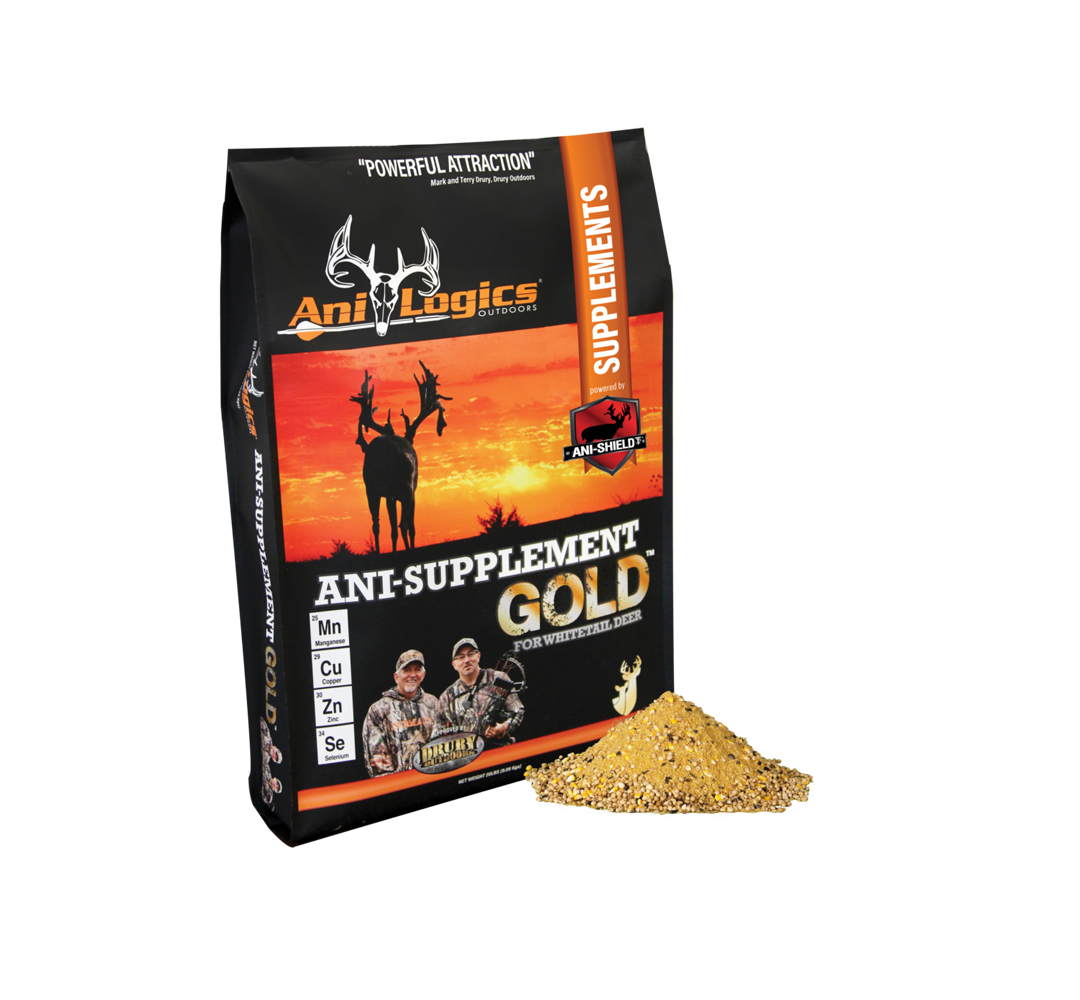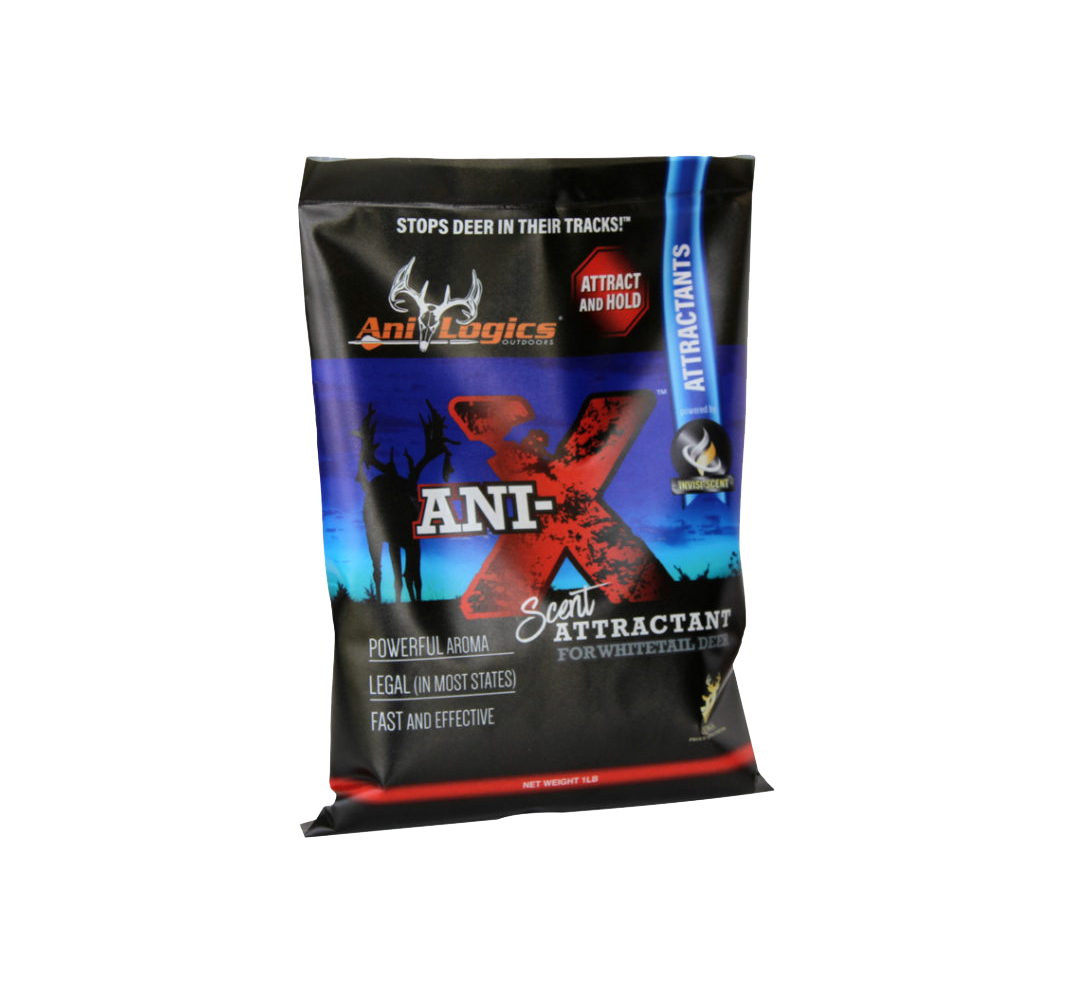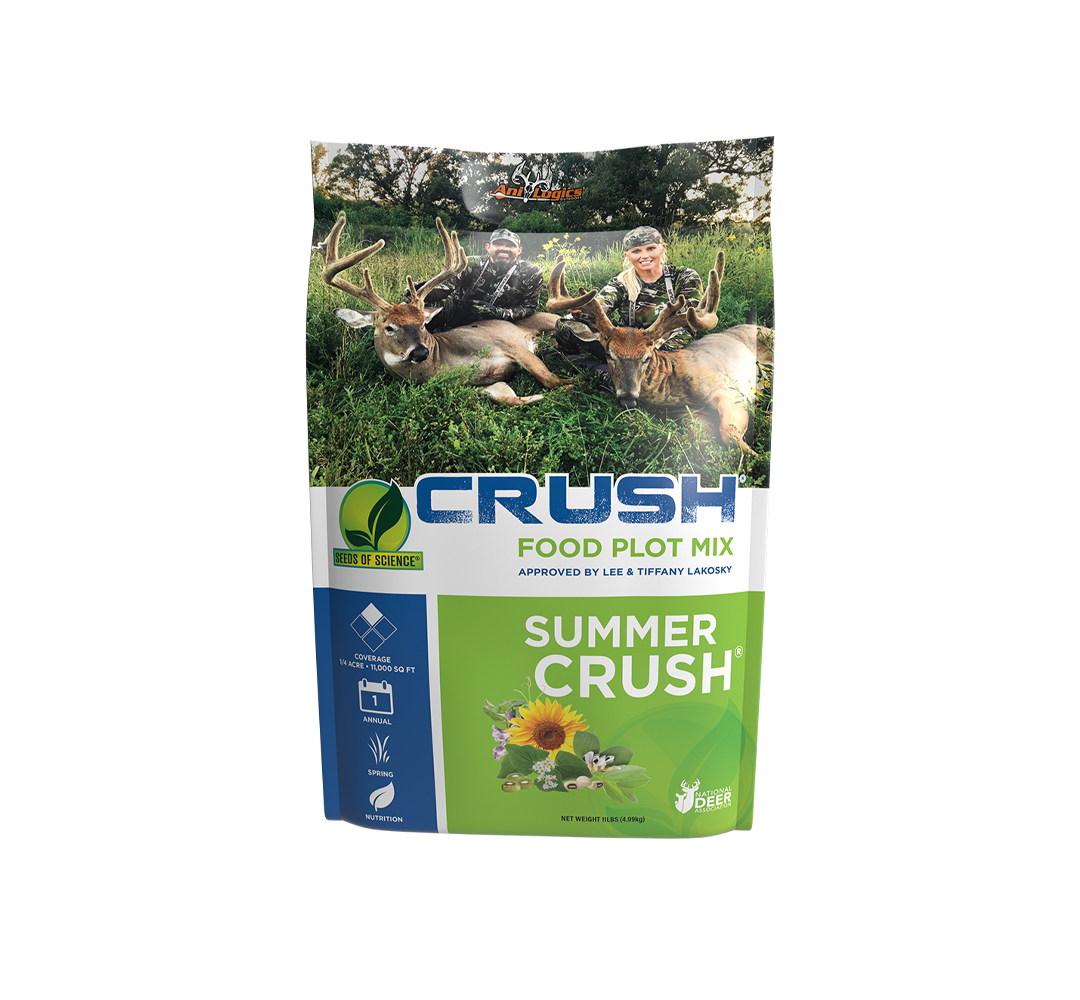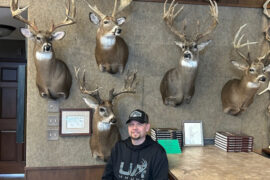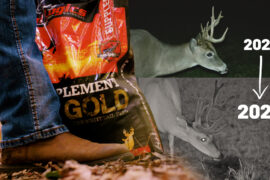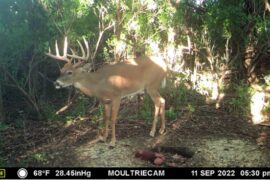The Knee Jerk Reaction to Chronic Wasting Disease
The Minnesota DNR recently discovered 2 new cases of Chronic Wasting Disease. In response, the DNR has activated its response plan which includes killing as many deer as possible around the infected deer, as well as banning feeding in the newly formed disease management zone. In my professional opinion, their intentions are well meaning, but their efforts may have unintended consequences. One of which, is that without access to enough minerals such as copper, the herd becomes MORE susceptible to Chronic Wasting Disease. Also, when an area has a feeding ban, feeding does not automatically stop. Sort of like drugs are illegal but people still use them; feeding will still occur, but at fewer locations. This means the chance of animals congregating is BETTER during a feeding ban than when everyone is allowed to feed.
The other issue I have with a feeding ban is that it does nothing beneficial to the herd. Deer are a social species and they naturally congregate during the winter in Minnesota. When they are yarded up, they bed within a few feet of each other, and groom each other throughout the day.
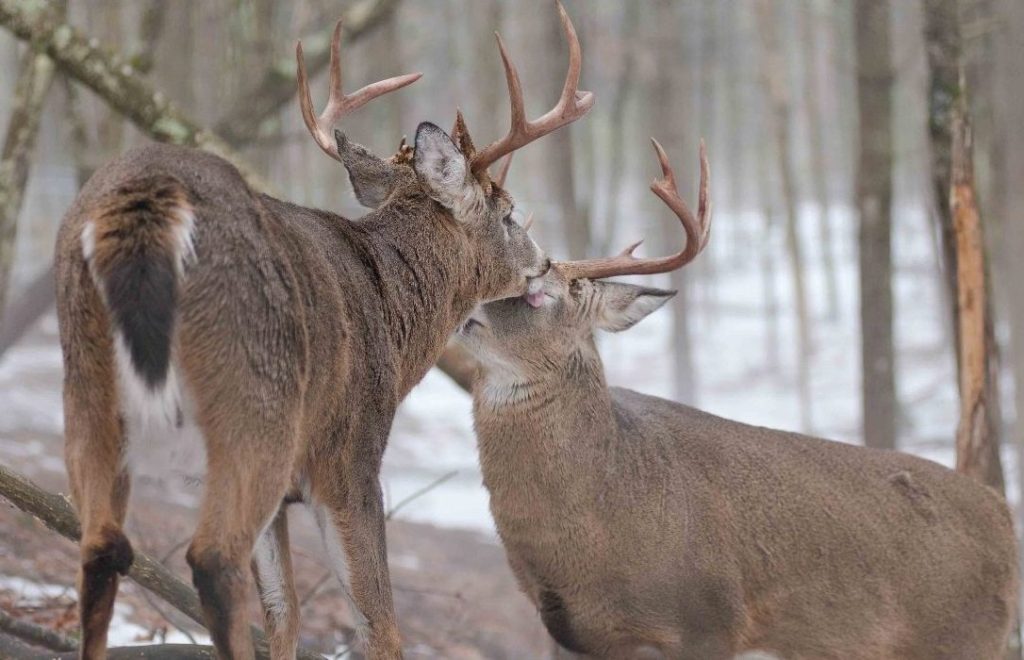
Also, once the DNR begins targeted removal efforts, the deer that are left will herd up in response to being so heavily hunted. Although the DNR thinks they are preventing deer from congregating with a feeding ban, the deer do not read the regulations so they touch each other anyways. Is the DNR going to outlaw licking branches next? The point I’m trying to make is that we can’t prevent deer from touching each other, so the next best thing would be to supplement their diet so they have healthy immune systems and have adequate trace mineral levels so they never contract the disease.
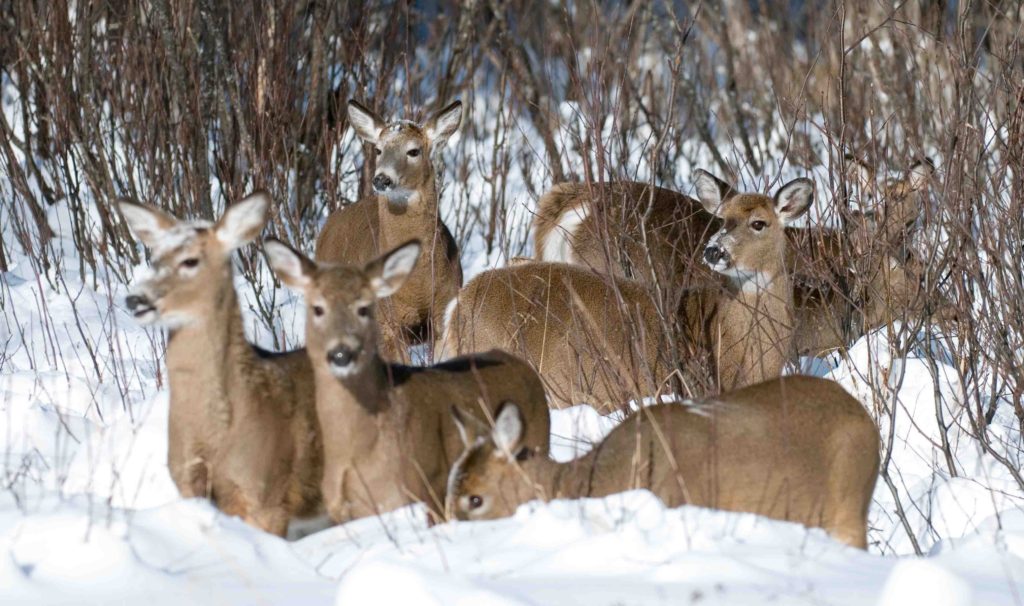
What would I do if my herd contracted CWD? I would continue to feed, but I would make sure I’m feeding responsibly. This means moving feed sites often, and spreading feed rather than putting it in large piles.
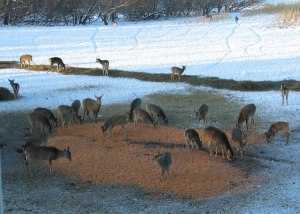
This is NOT how supplemental feed should be used.
I would argue that more mouth to mouth touching occurs around a standing bean field in January in the upper Midwest than at my feed sites. Another thing I would not do is eradicate the deer in one area. Wisconsin tried to do this when they first found out they had CWD in 2002, but the results were ugly. They killed a pile of deer, but could not get permission on all properties, so there were deer than remained on the landscape to continue the spread of the disease. Also, the remained deer felt pressured so they grouped up, and the effective density stayed high even though there were fewer deer on the landscape. The DNR failed to consider that some landowners did not want all the deer shot off their property.
Another unintended consequence of those culling efforts were that people in that area began to lose respect for deer. The DNR portrayed deer in the endemic area as dreadful and diseased, so people would shoot more of them. After a few years of heavy pressure on the deer, hunters began to see the effects of wide scale culling efforts when they weren’t seeing any deer. That caused a massive revamp of procedural changes in the way Wisconsin manages their deer herd. Here in Minnesota, the DNR isn’t exactly every hunters best friend, but they have a golden opportunity to show the world how to properly manage for a disease. If the DNR could prove that culling efforts would be worth it, I would be in support of it. Until then, I will supplement my herd so I can ensure they are as healthy as possible in order to make it thought the winter which is already shaping up to be a bad one.
-Tim Neuman, Wildlife Biologist
Your Cart
Categories
- Attractants 26
- CWD 1
- Deer Management 62
- EHD 3
- Food Plots 17
- Hunting 85
- Land Management 17
- Minerals 28
- Shed Hunting 4
- Supplements 36
- Turkey Hunting 6
Browse Tags
Products
-
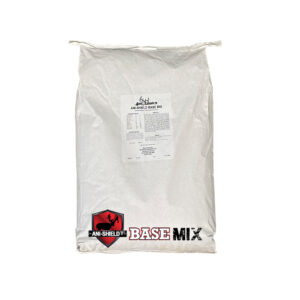 Ani-Shield Base Mix
$59.99
Ani-Shield Base Mix
$59.99 -
-
 Mineral Dirt 180 - 20lb
$34.99
Mineral Dirt 180 - 20lb
$34.99 -
-
 Summer CRUSH
$39.99 – $129.99
Summer CRUSH
$39.99 – $129.99 -
-
 CRUSH Pro Bean Blend
$139.99
CRUSH Pro Bean Blend
$139.99 -


